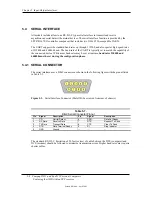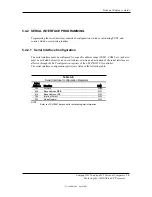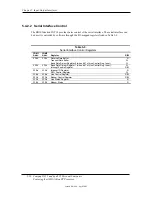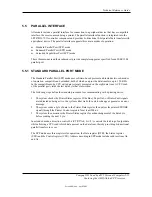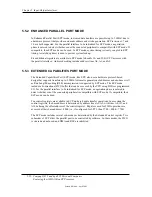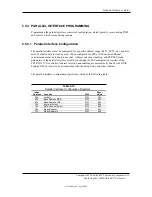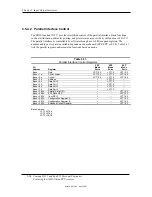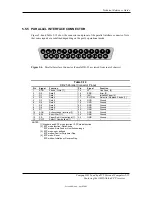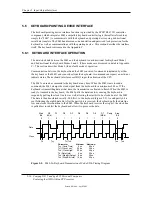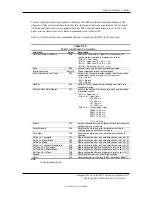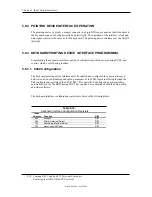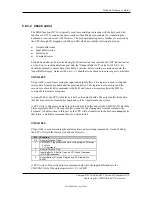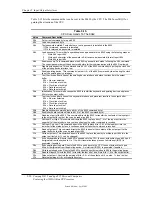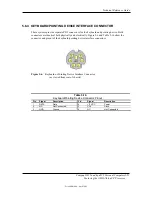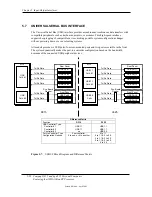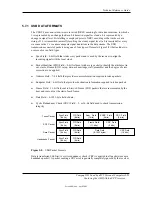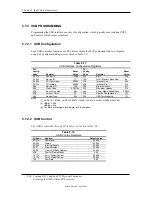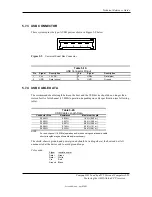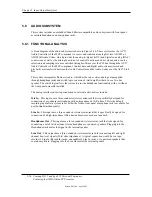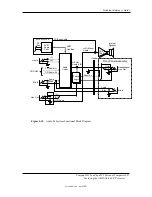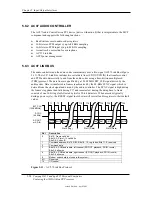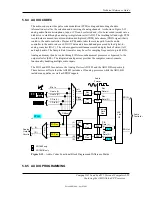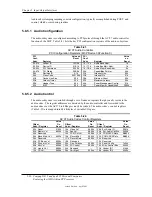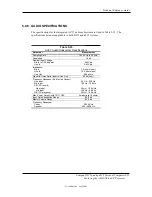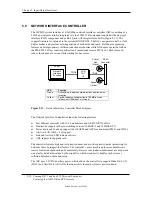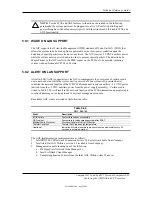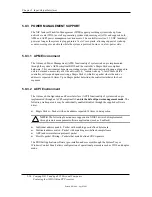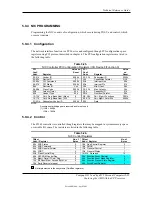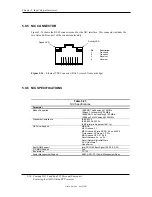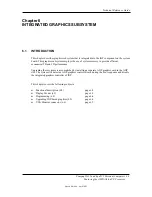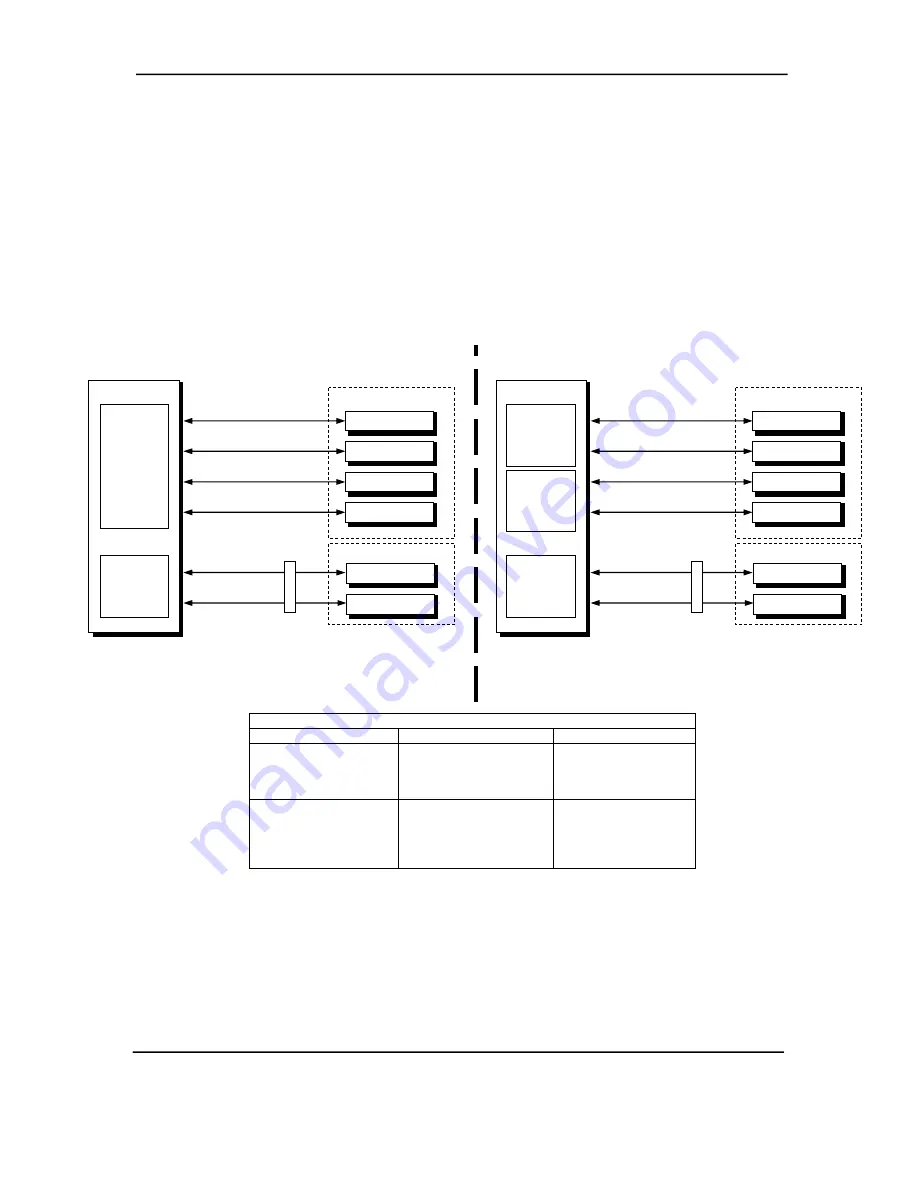
Chapter 5 Input/Output Interfaces
5.7
UNIVERSAL SERIAL BUS INTERFACE
The Universal Serial Bus (USB) interface provides asynchronous/isochronous data transfers with
compatible peripherals such as keyboards, printers, or modems. This high-speed interface
supports hot-plugging of compatible devices, making possible system configuration changes
without powering down or even rebooting systems.
All models provide six USB ports; four rear-mounted ports and two ports accessible in the front.
The system dynamically makes the port-to-controller configuration based on the bandwidth
demands of the connected USB peripheral devices.
Difference Matrix
Function
D315 D325
USB Controller Type:
Controller #1
Controller #2
Controller #3
USB 1.1
USB 1.1
na
USB 1.1
USB 1.1
USB 2.0
Port-to-Controller Type
Configuration Options
3 per controller,
2 to one, or 4 to another
6 to 1.1,
4 to 1.1 & 2 to 2.0,
3 to 1.1 & 3 to 2.0,
2 to 1.1 & 4 to 2.0,
6 to 2.0
USB 1.1
Cntlr. #2
USB 2.0
Cntlr.
Tx/Rx Data
Tx/Rx Data
USB 1.1
Cntlr. #1
Tx/Rx Data
Tx/Rx Data
Sys. Board
Header
Front Panel
USB Port 6
USB Port 5
Tx/Rx Data
Tx/Rx Data
Rear Panel
USB Port 4
USB Port 3
USB Port 2
USB Port 1
MCP
Tx/Rx Data
Tx/Rx Data
USB
Cntlr. #2
Tx/Rx Data
Tx/Rx Data
Sys. Board
Header
Front Panel
USB Port 6
USB Port 5
Tx/Rx Data
Tx/Rx Data
Rear Panel
USB Port 4
USB Port 3
USB Port 2
USB Port 1
USB
Cntlr. #1
MCP
D315
d325
Figure 5-7.
USB I/F Block Diagram and Difference Matrix
5-22
Compaq D315 and hp d325 Personal Computers
Featuring the AMD Athlon XP Processor
Second Edition – April 2003

